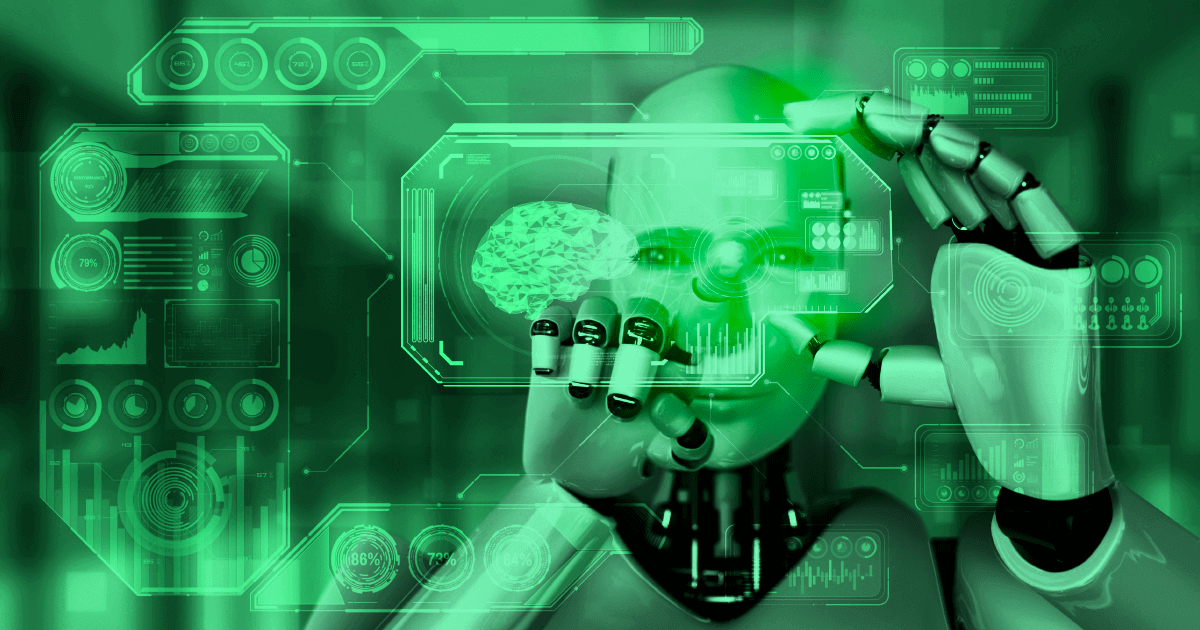Penetration testing is an important part of any cybersecurity program, allowing organizations to identify vulnerabilities before attackers can exploit them. However, traditional penetration testing methods relying solely on manual human effort can be time-consuming and resource-intensive. This is where artificial intelligence (AI) is transforming the field by automating repetitive tasks and enhancing the overall testing process.
AI and machine learning algorithms can analyze vast amounts of network and system data at speeds far exceeding any human tester. When applied to penetration testing, AI brings significant benefits like improved efficiency, comprehensive vulnerability detection, and reduced costs. However, AI methods also have limitations to consider. This article will explore the applications of AI in penetration testing, both current and emerging, along with strategies to maximize benefits while mitigating risks.
Vulnerability Scanning
One of the most established AI applications is automated vulnerability scanning. AI-powered scanners continuously monitor networks and endpoints, analyzing configuration files, logs, and other data sources to detect known vulnerabilities. Within minutes or hours, scanners can cover far more ground than a team of human testers in the same timeframe.
By leveraging vast vulnerability databases, AI scanners quickly flag issues for remediation. This allows security teams to prioritize the highest risks and patch critical vulnerabilities before exploitation. Scanning also becomes an ongoing monitoring process rather than an occasional testing event. With regular scans, fewer vulnerabilities will remain exposed long enough for attackers to compromise.
Behavioral Analytics
AI is also used to analyze user and entity behavior (UEBA) for anomalies indicating attacks. By examining login patterns, file access logs, network traffic and more, behavioral analytics tools detect suspicious or malicious activities in real-time. This helps uncover insider threats, compromised credentials, and stealthy external attacks that evade traditional defenses.
Any behaviors deviating significantly from the norm – like multiple failed logins from unusual locations or unusual file transfers – are flagged for further review. This intelligence-led approach helps security teams focus on truly suspicious events rather than wasting time on benign false positives. Behavioral analytics thus enhances traditional intrusion detection.
Automated Exploitation
Some penetration testing firms now use AI to automate the vulnerability exploitation process. Rather than human testers manually triggering exploits, AI tools automatically chain multiple exploits together. This “exploitation as a service” model can test an entire network within hours.
While speeding up the testing cycle, automated exploitation does increase the risk of unintended impacts. To mitigate this, exploitation is typically isolated to virtual environments with safeguards against real-world effects. Even so, the potential for false positives or negatives remains a limitation to consider.
Limitations of AI in Penetration Testing
No technology is perfect, and AI brings both benefits and limitations to penetration testing. AI lacks the contextual awareness and common-sense reasoning of human testers. This can lead to incorrect interpretations or missed nuances. Variations in customized environments may also confound AI models trained on standard configurations.
Additionally, AI results still require human review for proper understanding and remediation guidance. While flagging issues, AI may not fully explain their implications or recommend fixes. False positives or negatives are also possible due to AI fallibility. To maximize value from AI, human testers must work alongside tools to validate, contextualize and apply results.
The Future of AI-Augmented Testing
As AI and machine learning continue advancing, their applications in cybersecurity will likewise progress. Researchers are exploring techniques like generative adversarial networks and reinforcement learning to further automate the testing process. Defenders and attackers could engage in simulated scenarios to uncover weaknesses before real crises emerge.
As AI assumes more responsibilities from human testers, their complementary strengths – AI’s speed and scale versus human judgment – will yield the most powerful testing synergies. With proper governance of AI to ensure beneficial, safe and transparent use, organizations that adopt these techniques stand to significantly strengthen their security posture for the future.
In conclusion, when applied judiciously alongside human expertise, AI is transforming penetration testing into a more comprehensive, efficient and cost-effective process. By leveraging AI to augment rather than replace testers, organizations can gain powerful new capabilities to identify vulnerabilities and harden their defenses. With ongoing responsible development, the potential of AI-augmented security is just beginning to be realized.



